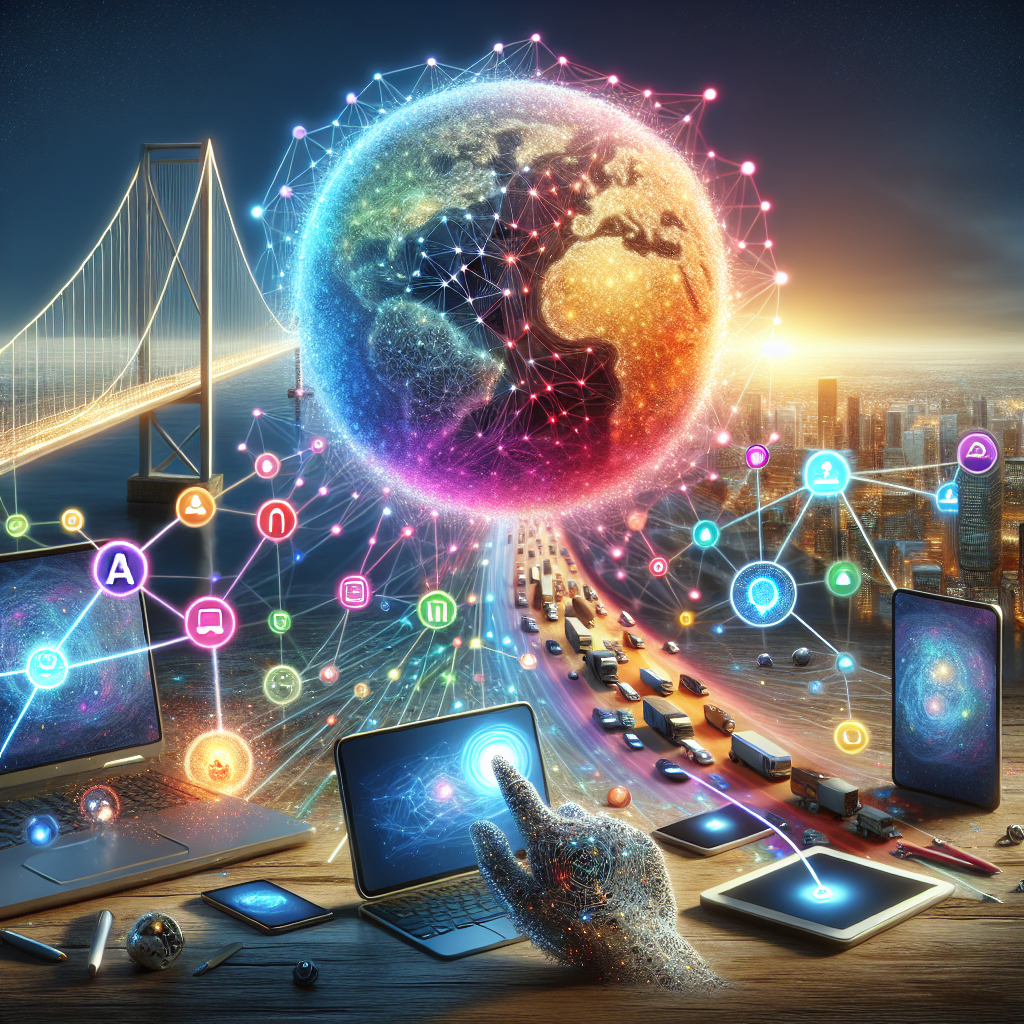The Role of AI Democratization in Bridging the Digital Divide
Introduction
In today’s digital age, access to technology and the internet has become essential for participation in society, the economy, and education. However, there is a significant disparity in access to these resources, known as the digital divide. This divide is often characterized by differences in internet connectivity, access to devices, digital literacy, and skills. Addressing the digital divide is crucial for ensuring that all individuals have equal opportunities to thrive in the digital world.
One potential solution to bridging the digital divide is the democratization of artificial intelligence (AI). AI has the potential to revolutionize various aspects of society, including healthcare, education, transportation, and more. By making AI more accessible to all individuals, regardless of their background or resources, we can help bridge the digital divide and create a more inclusive and equitable society.
What is AI Democratization?
AI democratization refers to the process of making AI technology more accessible to a broader audience. This includes lowering the barriers to entry for using AI tools and platforms, creating more user-friendly interfaces, and providing training and resources to help individuals develop their AI skills. By democratizing AI, we can empower more people to harness the power of this technology and create new opportunities for innovation and growth.
How Can AI Democratization Help Bridge the Digital Divide?
AI democratization can play a crucial role in bridging the digital divide in several ways:
1. Increasing Access to AI Tools and Resources: By making AI technology more accessible, individuals who may not have had the opportunity to use AI in the past can now leverage its power to solve complex problems, automate tasks, and make data-driven decisions. This increased access can help level the playing field for individuals who may have been left behind due to the digital divide.
2. Enhancing Digital Literacy: AI democratization can also help improve digital literacy skills among individuals who may not have had the chance to develop them. By providing training and resources on how to use AI tools effectively, we can help individuals become more confident and capable in navigating the digital world.
3. Fostering Innovation and Creativity: By democratizing AI, we can unlock the creativity and innovation of individuals from diverse backgrounds. This can lead to the development of new solutions to pressing challenges, the creation of new businesses and industries, and the expansion of opportunities for economic growth and prosperity.
4. Improving Access to Education: AI democratization can also help improve access to quality education for individuals who may not have had the opportunity to attend traditional schools or universities. By providing AI-powered learning tools and resources, we can help individuals acquire new skills, knowledge, and competencies that can help them succeed in the digital economy.
FAQs
Q: How can AI democratization help address the digital divide in rural areas?
A: AI democratization can help address the digital divide in rural areas by providing access to AI tools and resources that can help individuals overcome the challenges of limited connectivity, access to devices, and digital literacy. By leveraging AI technology, individuals in rural areas can access online learning resources, telemedicine services, and e-commerce platforms that can help improve their quality of life and economic opportunities.
Q: What are some examples of AI democratization initiatives?
A: There are several examples of AI democratization initiatives that are helping to make AI technology more accessible to a broader audience. For example, Google’s Teachable Machine platform allows individuals to create their AI models without any coding skills. Microsoft’s AI for Good program provides resources and support to organizations working on social and environmental challenges. And the OpenAI project aims to create AI technology that is safe, transparent, and beneficial for all.
Q: How can governments and policymakers support AI democratization efforts?
A: Governments and policymakers can support AI democratization efforts by investing in digital infrastructure, promoting digital literacy programs, and fostering collaboration between industry, academia, and civil society. They can also create policies and regulations that promote the responsible and ethical use of AI technology and ensure that the benefits of AI democratization are shared equitably among all individuals.
Conclusion
AI democratization has the potential to play a crucial role in bridging the digital divide and creating a more inclusive and equitable society. By making AI technology more accessible to all individuals, we can empower more people to harness the power of this technology and create new opportunities for innovation and growth. To achieve this goal, we must continue to invest in AI research and development, promote digital literacy programs, and foster collaboration between industry, academia, and civil society. By working together, we can harness the power of AI to build a brighter future for all.

